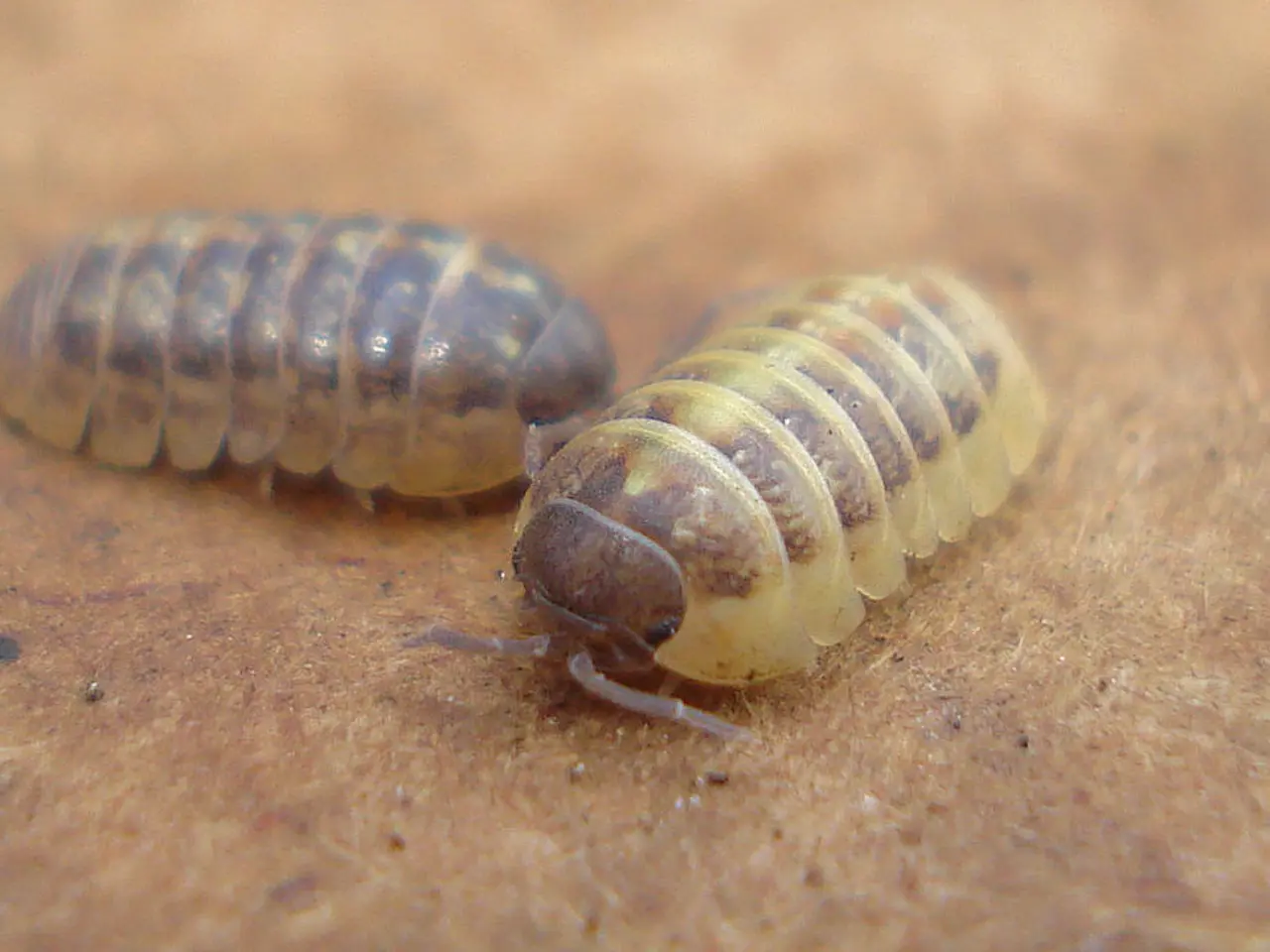A Leaf in the Eastern U.S. Hosts a Click Beetle with Oriental Eyes.
Aerial Leaping Behaviour Unveiled: From Sharks to Spiders
A fascinating world of aerial leaping has been uncovered, revealing the diverse reasons behind this captivating phenomenon in various species. From sharks to spiders, these extraordinary creatures have developed unique ways to jump, spin, and flip.
Sharks' Aerial Acrobatics
Shark expert George Burgess, of the Florida Natural History Museum, has shed light on the aerial leaping behaviour of sharks. Sharks may leap to escape predators or for other reasons such as practice or impressing females. The world's fastest shark species, the mako shark, can erupt from the ocean and perform pirouettes in the air while chasing prey.
Click Beetles' Escape Mechanism
In a world apart, the click beetle uses a specialized clicking mechanism to propel itself into the air, primarily as an escape response from predators or to right itself if flipped over. The click produces a sudden, rapid movement powered by a spine-and-groove mechanism on their thorax, not for mating or communication.
Spiders' Acrobatic Flips
The flic-flac spider, belonging to the Sparassidae family, is known for its acrobatic flips and jumps. This aerial agility allows them to move rapidly in a unique way uncommon among spiders. When disturbed, they can rear up on their back legs and cartwheel away from predators, even uphill.
Nuthatches' Acrobatic Foraging
All four species of nuthatches walk down tree trunks due to their large feet and narrow claws. This acrobatic behaviour is not for leaping, but rather for their unique foraging strategies, as they use tools like pine needles, twigs, and pieces of bark to find insect prey.
Rays' Aerial Ballets
Eagle rays and their close relatives, the manta rays, perform aerial ballets, with reasons that are not definitively known but may include communication, removal of parasites and remoras, or mating displays. They often leap in succession, sometimes somersaulting, and breaches may help them remove external parasites that attach to their skin.
The exact reason for aerial leaping can vary by species and context, with parasite removal and predator evasion being especially common drivers in aquatic species like rays and sharks.
Predator Avoidance and Communication
Eagle and manta rays use their aerial leaping for parasite removal and hygiene, while manta rays possibly use it for communication or mating displays. Certain shark species may leap for similar reasons, including shaking off parasites or possibly as hunting or mating behaviours, although detailed specific reasons for each shark species can vary and are not fully confirmed in the data provided.
Spiders' Defense Mechanism
Spiders in the Sparassidae family, like the Moroccan denizen named the flic flac spider, have strong leg muscles due to their active hunting nature. This strength allows them to execute impressive leaps and flips as a means of defense.
Daddy Longlegs' Whirling Defense
A daddy longlegs, Mesabolivar aurantiacus, living in the buttress roots of trees in the forests of Trinidad, whirls its body in a wide circle at high speed when threatened. This whirling behaviour serves as a unique defence mechanism.
This exploration into the aerial leaping behaviour of various species offers a fascinating glimpse into the diverse strategies these creatures have developed to navigate their environments and survive. From parasite removal to predator avoidance, communication to foraging strategies, each species' aerial leaping behaviour is a testament to their adaptability and resilience.
- The aerial leaping behavior of various species, from sharks to spiders, reveals unique reasons behind this captivating phenomenon.
- Shark expert George Burgess explains that sharks may leap to escape predators, practice, or impress females.
- The mako shark, the world's fastest shark species, can erupt from the ocean and perform pirouettes in the air while chasing prey.
- In a different world, the click beetle uses a specialized clicking mechanism to propel itself into the air, primarily as an escape response.
- The flic-flac spider, belonging to the Sparassidae family, can rear up on its back legs and cartwheel away from predators, even uphill, using its acrobatic flips and jumps.
- All four species of nuthatches walk down tree trunks due to their large feet and narrow claws, not to leap, but rather for their unique foraging strategies.
- Eagle rays and manta rays perform aerial ballets for reasons that may include communication, removal of parasites and remoras, or mating displays.
- The daddy longlegs, Mesabolivar aurantiacus, living in the forests of Trinidad, whirls its body in a wide circle at high speed when threatened, using this whirling behavior as a unique defense mechanism.




